TEA
Black Tea

Tea is from the plant, Camellia sinensis, whose magical leaves have got the world drinking only less than we drink water. Black tea is the most popular of the three variances of the leaves come in, i.e., green, oolong and black. It is so called because the complete fermentation the leaves are meant to undergo give them and the resultant beverage a dark brown color.....
Burdock Tea
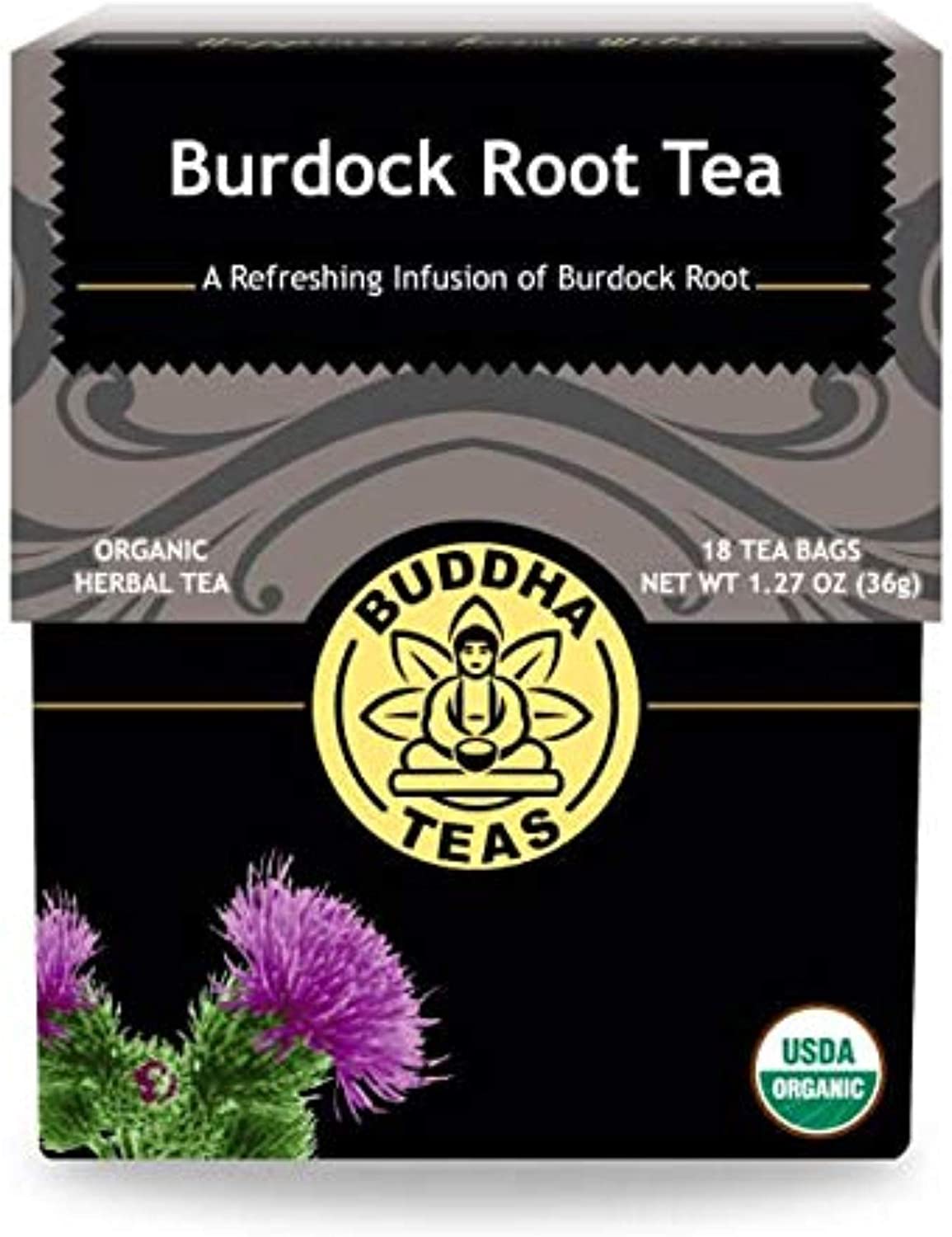
Burdock tea is a herbal tea derived from a burdock plant root (Arctium Lappa) from the Asteraceae family. The burdock plant occurs naturally in the wild native to Europe and Asia. Burdock is grown as a medicinal plant in United States.1 In the traditional sense, most teas are made from the Camellia Sinesis plant's leaves, but burdock tea is made from the brewed parts of the burdock.....
Catnip Tea

Catnip tea is a hot water extract of (Nepeta Cataria) which belongs to the mint family (Lamiaceae) native to Europe and wildly distributed across Canada and the United States. Catnip is most known for its euphoric effects on felines. Catnip tea is a medicinal herbal tea made by soaking dried plant extracts (flowers and leaves) in hot water for ten minutes. The tea is famous for its relaxing properties.....
Chaga Tea

Chaga mushroom tea comes from a wild-growing fungus, Inonotus obliquus. The Chaga mushroom plant is also known as birch conk, cinder conk, or clinker polypore. This fungus is common on white or yellow birch trees in cold climates native to Canada, Russia, China, and America's united states. The fungus looks like a clump of burnt charcoal. Chaga tea is a caffeine-free tea, high in.....
Chai Tea

The word is of Indian origin, so it is practically how Indians make their tea. Before British colonization in the 1900s, chai was a beverage of spices steeped in hot water with milk and a sweetener. The British influence brought tea (usually black) into the mix, and it has been so till date. The regular spices that accompany the tea include cardamom, cinnamon, ginger, cloves, star anise and fennel.....
Dandelion Tea
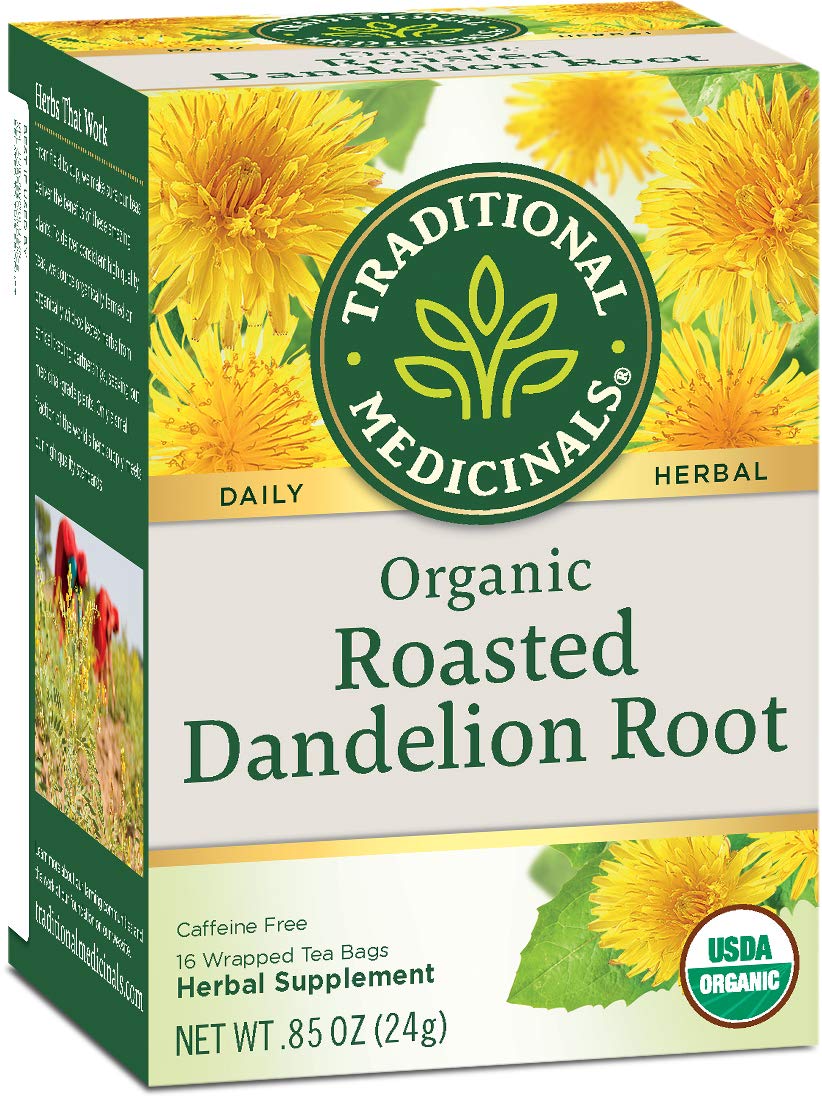
To the undiscerning, dandelion is just a persistently-annoying perky weed. However, it is fair to say that the plant makes up for this in the numerous ways it improves the health and wellbeing of our bodies. This intrusive weed, over the years, has spared no parts as it has continually been steeped and dipped in herbal teas. The leaves, flowers and roots have all got something.....
Grey Tea
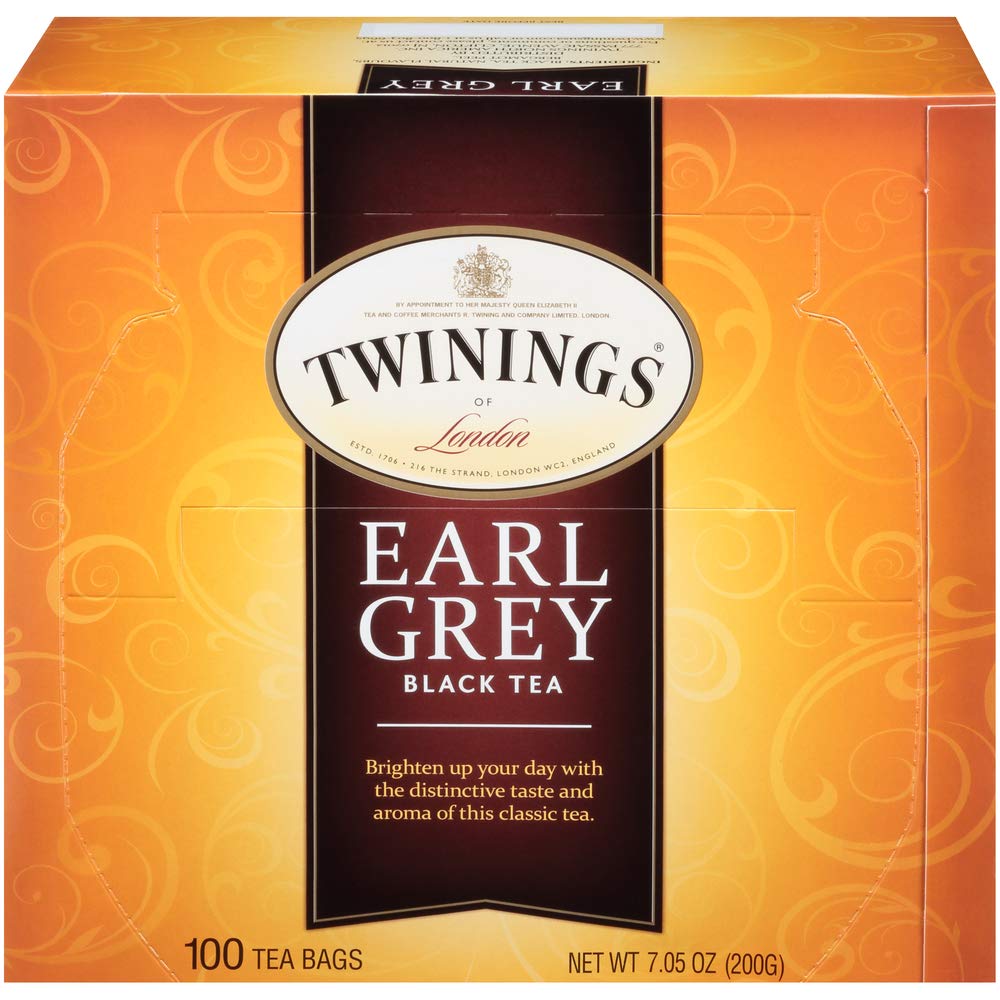
Earl Grey tea is a popular tea globally, native to Britain, known for its flavor. Earl Grey tea's uniqueness is the blend of black tea flavored with bergamot oil resulting in a citrus flavor. The tea can be made from one or more blends of Ceylon, Indian, and African black teas processed together with either the natural or processed bergamot hence the citrus flavor.....
Echinacea Tea
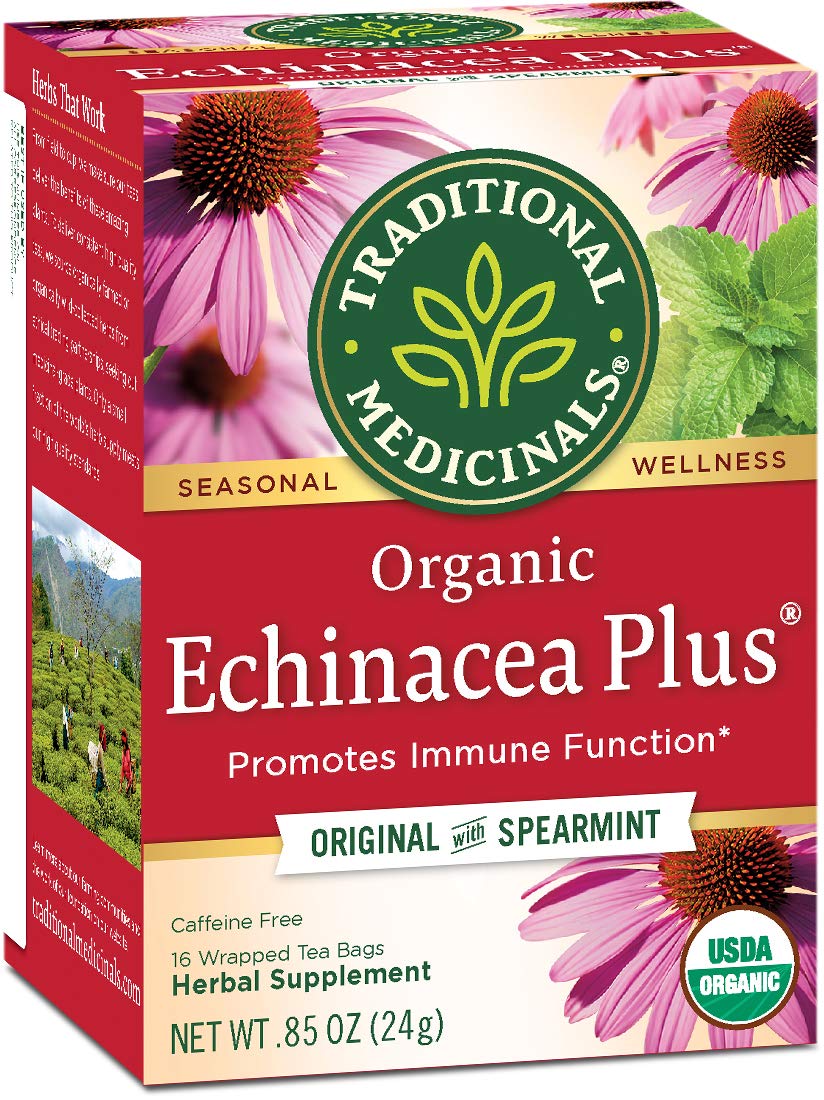
Echinacea tea is a sweet beverage that has been in use as a herbal remedy for centuries. Echinacea tea is a derivative from echinacea plant varieties, which belong to various plants from the daisy flowering family known as Asteraceae. The echinacea plant originates from North America. As a herb, Echinacea is commonly used to make herbal supplements, remedies.....
English Breakfast Tea
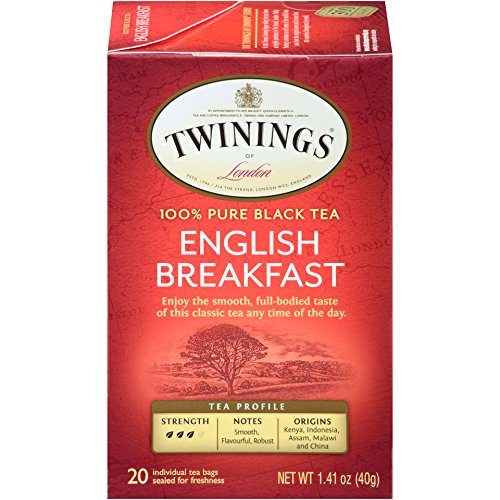
The English Breakfast tea is a type of black tea rich in flavor with pleasant flavor and smell. English Breakfast tea's origins date back to the 19th century when drinking tea gained popularity due to a boom in the ocean trade routes. The English Breakfast tea combines blended black teas from different regions to produce a perfectly blended tea. The English Breakfast tea.....
Green Tea

The tea plant, Camellia sinensis, certainly takes pride that the beverage from its lowly leaves, is the second most consumed liquid by humans worldwide; only behind water. One may wonder, but its ease of preparation, full and activating flavor and host of health benefits that have been studied, scientifically, over decades must certainly contribute to its popularity.....
Peppermint Tea
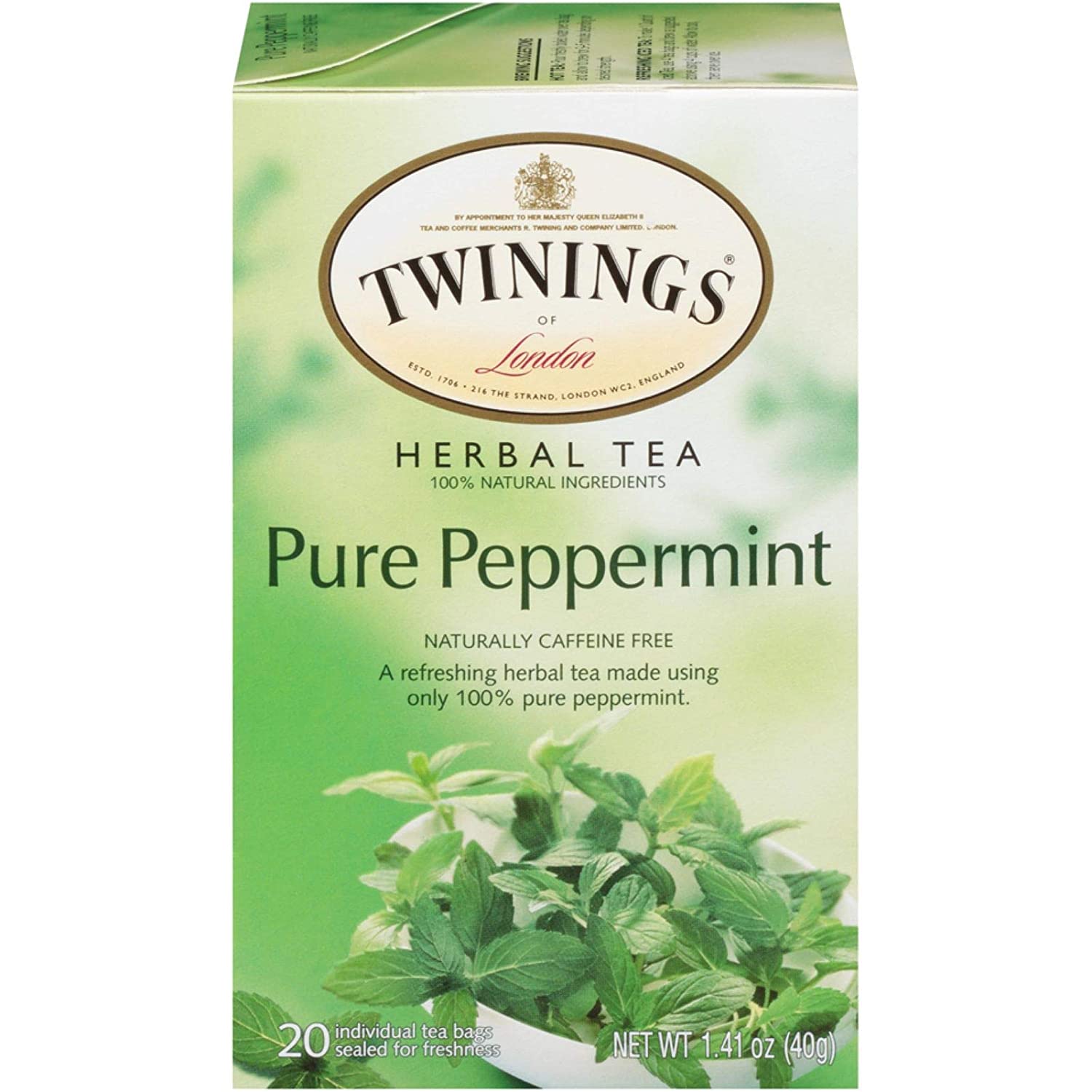
Peppermint is quite a popular shrub, although many more people have felt than seen it. The magic is in the leaves, which carry a peculiar penetrating scent, warmth, bitter taste and most known, a coolness when one inhales. Peppermint is a regular player in the candy, cosmetic and pharmaceutical industries, because of its essential oil, Menthae piperitae aetheroleum.....
Jasmine Tea

Jasmine, Jasminum officinale (common) or J. sambac (Arabian), is a short shrub and one of the oldest and most popular scented plants to be cultivated. The scent of jasmine flowers, which are almost irresistible, is projected to be a component.....
Kava Tea

Kava tea is the beverage brewed from the root of Piper methysticum, the rather tall member of the pepper family. The shrub is native to the Pacific Islands and has been used for folk medicine and, in some respects, like alcohol for many centuries.....
Sassafras Tea
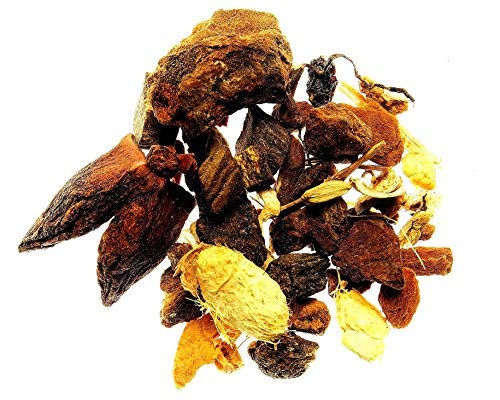
Sassafras tea has obviously got something to do with the sassafras plant, Sassafras albidum. This member of the laurel family is a medium tall tree that would only bear either male or female flowers (dioecious). The alternate leaves start off bright.....
Spearmint Tea
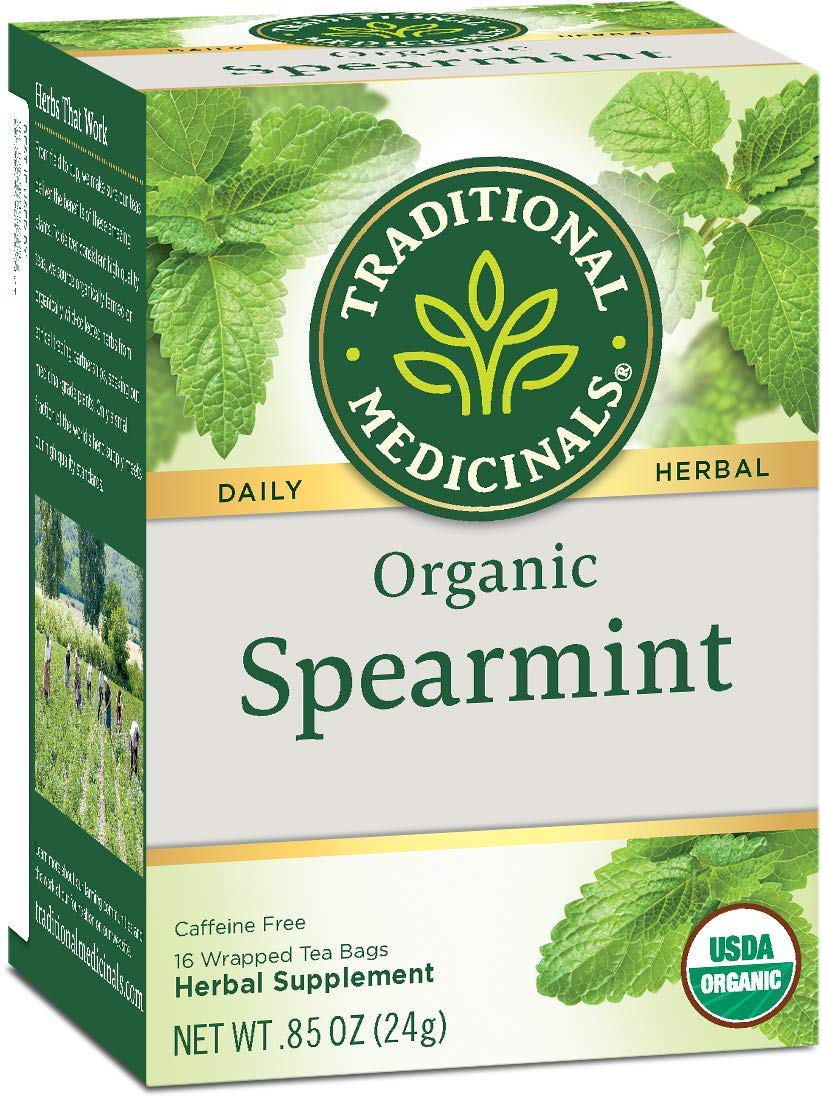
Spearmint tea comes from spearmint leaves, a plant that belongs to the family, Lamiaceae, and the aromatic genus of Mentha (mint). Spearmint (Mentha spicata), also called common mint or garden mint is the most common in the genus.....
Thyme Tea

Thyme tea is brewed from the dried leaves of thyme, a perennial shrub with tiny leaves and slender stems that lean partially horizontal. Thymus vulgaris L., the most common species barely grows to 40cm tall, its leaves, sometimes.....
Clover Tea

Red Clover tea is derived from (Trifolium pratense) herb, which belongs to the legume family, a perennial herb native to Asia and Europe and grown in North America. Characterized by three oval leaves and fluffy pink flowers.....
Raspberry Leaf Tea

Red Raspberry leaf herbal tea is made from red raspberry leaf (Rubis idaeus) with a distinct black tea taste native to North America currently cultivated in the Americas and Europe. The Raspberry leaves have a slight silver lining.....